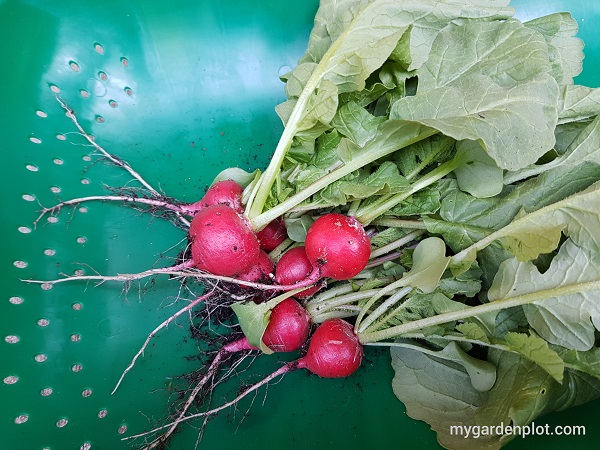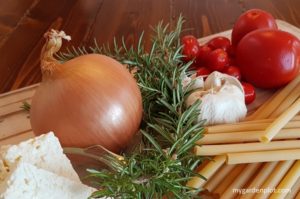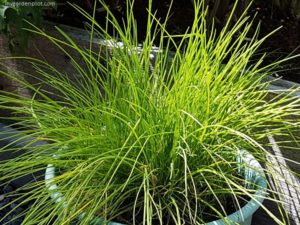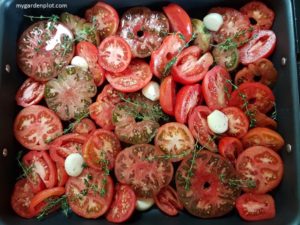Cool Season Edible Root Vegetable: Raphanus sativus
Radishes are one of the easiest and least fussy root vegetables to grow from seed. There is something very satisfying about planting a seed and seeing the little leaves sprout so quickly, followed by the little radish poking out of the soil. There are gardeners that grow them just for fun. Below is information about this cool season edible root vegetable and easy steps on how to plant and grow radishes in your veggie garden.
There is a variety of different radishes and flavours. Range of colours too including white, yellow, purple and of course, the classic red. You can get various types of the red radish, or go for the milder Daikon (Japanese) white radish or the hot Wasabi radish. And then there is Spanish black radish, which grows well in the wintertime. A visit to your local garden store will offer the right choice of seed options to try growing in your garden.
Radishes At A Glance
Type: Root vegetable
Location: Full sun to light shade during hot summer months
Season: Spring / Summer / Autumn (fall)
How To Plant And Grow Radishes
As a cool-season root vegetable, you can sow radish seeds from spring through to autumn, provided the soil temperature is above 10C (50F). Here on the west coast we can start planting radish seeds from March through to October.
Radishes are a fast-growing crop. They don’t need much space and will grow nearly anywhere. Plant them in rows or between slower-growing crops where there is a little space. Radishes need full sun though. And while they will grow in most places, ensure the soil is well-drained to prevent root rot.
Thankfully, the radish seed is not too tiny to manage to sow outdoors. Plant the seeds about 1 cm (½ inch) deep, allowing spacing of 5 – 7 cm (2-3 inches) between them during the warmer months. Don’t plant all your seeds at the same time. Stagger them every two weeks for continuous batch harvest. For winter radishes, planting distance should be about 15 cm (6 inches). Water regularly and fertilize weekly with your other vegetables.
Row covers can prevent pests such as flea beetle and aphids, though as fast growers pests have very little time to do much damage. Winter radishes may be susceptible to root maggots.
Companion Plants for Radishes
Radishes can be planted next to most garden vegetables with the exception of potatoes. This way you can maximize any sunny spot for a few radishes inter-planted with other vegetables.
Harvesting Radishes
Radishes generally are ready for harvesting after three or four weeks. But if you forget when you planted it, there is a quick measuring tip using your hand. Gather the leaves and measure from soil level to tip of the radish leaves. It should be about six to eight inches when stretched out – more or less the length of your hand. Summer radishes can get a stronger, peppery flavour is left longer to grow.
Mulch winter radishes to protect from a hard frost. Though these can be left longer until mid-winter in the ground. Or picked as soon as they are ready.
More Than Just A Snack
Springtime radishes are delicious – sliced, whole or grated. But they are not just for salads. On crusty French bread, sliced crunchy radishes with butter and salt is so tasty. Add to any sandwiches. And while some may not suggest cooking them, we beg to differ. Stronger flavoured radishes quickly fried in browned butter and served hot with crushed sea salt is delicious. You will wonder why it is not done more often. Add radishes to stir-fries, stews, or roast them served with a squeeze of lemon. Yum! And of course, they are often carved into decorative rosettes and presented as garnish arrangements in some restaurants.






